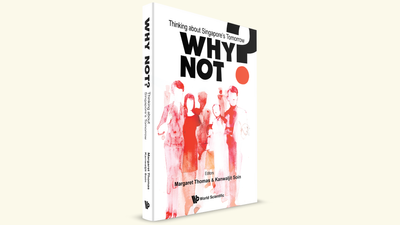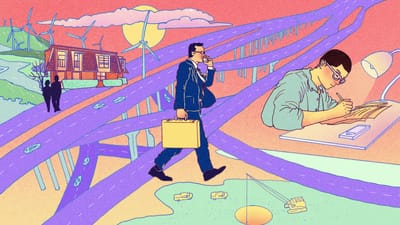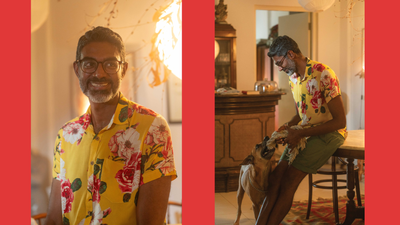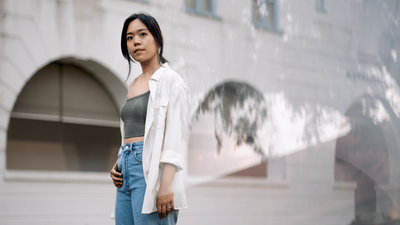Natasha Tan was 23 when she came out to her parents, who promptly booked her an appointment with a psychiatrist at a private clinic within Mount Elizabeth Hospital. (All patient/survivor names in this essay have been changed.) Requesting to speak to Natasha alone, he asked if she wanted to “change the fact that [she] was gay”, and offered two options: one was talk therapy, the other electroshock therapy; which while legal, is typically used for severe psychiatric disorders such as schizophrenia and mania. Appalled but unshaken, Natasha told him that homosexuality had been removed from the American Journal of Medicine as an illness in the 1970s. The psychiatrist pulled out the book, flipped through its pages, and Natasha was proven right.
“I felt somewhat numb, because it was a very intense and overwhelming time—less than 48 hours before the appointment I had come out to my mum—but I remember feeling a bit indignant at the way the doctor couldn’t even look me in the eye, as if I was something shameful.” That was in 2009. Natasha never returned.
For those whose family and social circles have rejected them, the discrimination meted out by mental health providers can form a retraumatising cycle, a wound that digs deeper each time. In the concept of queer time, timelines don’t inch forward in a linear line, but unspool in the complexities of loops, zig-zags, and pauses. Built upon the work of American theorists, such as Jack Halberstam and Elizabeth Freeman, the term rejects what is called “chrononormativity,” mainstream societal expectations of how we spend our time, and instead embraces a separate logic for queer people. This clash with conventional life is situated in alterity, and often from childhood. As such, many queer people take decades to articulate the nuances of their identity, their sense of self having been repressed, making for a complex mental health journey. What does it look like for these queer lives to rise through the cracks of a system that doesn’t cater to them?
Ash Lim was struggling with her faith when she went for a counselling session at a non-profit community centre in 2019 for help with her depression and anxiety. The counsellor soon shared that she was Christian as well: “She would pray with me after the session, saying I think God is saying this or that,” said Ash. “It wasn’t set up very well as a neutral, non-religious space.” While she was initially accepting of this, Ash hit a roadblock when she asked for the counsellor’s thoughts on her sexuality. The counsellor froze, revealing a lack of expertise and discomfort with the topic.
A couple of years later, in a bid to better support her colleagues who were undergoing personal hardships, Ash signed up for a five-day introductory counselling course offered by a training academy. When asked about their reasons for participating in the course, many of the participants cited their involvement with church. It created an odd in-group, in which the majority assumed that they were free to talk in whatever way they wished. At one point, one of the participants asked, giggling, “What if someone is gay?” The others laughed along. The instructor, who was also clearly Christian, replied sympathetically, “I know it may be uncomfortable or difficult for you, but we must remain neutral.” It was a pivotal moment that revealed their biases; their empathies were not centred on the queer person’s experience, but on the receiver. “Mocking people and their sexuality in class is not okay,” Ash said. Aside from noting that it was a subsidiary of a Christian community service organisation on its website, the academy had neither advertised itself as Christian, nor mentioned Christianity on its other public channels.
Mental health providers also exist outside of institutions as independent workers. Accountability is rare, if at all.




